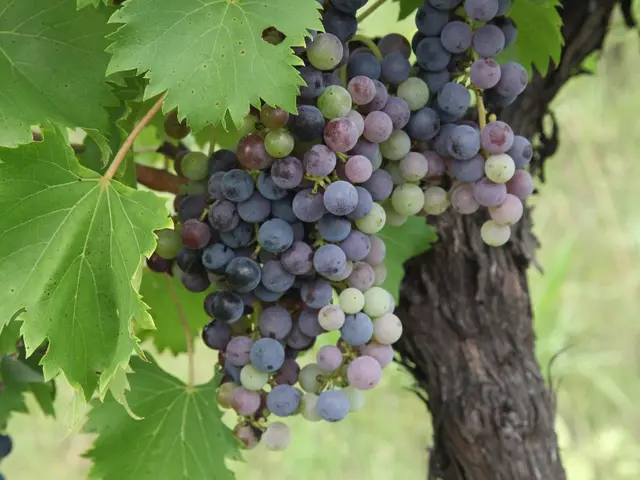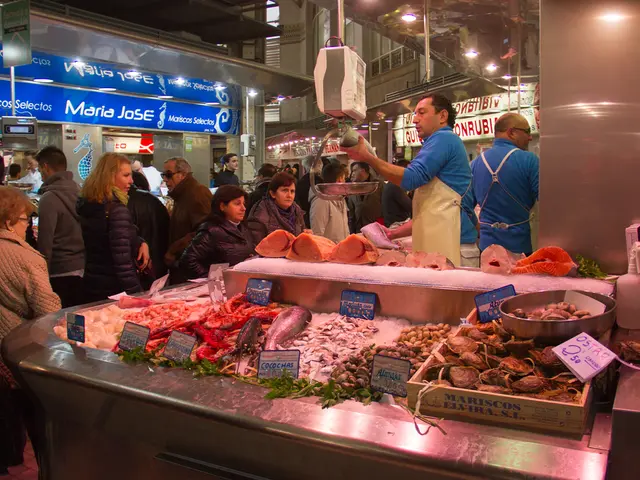Ideal Pumpkin Planting Time in Seattle: Optimal Period for a Rich Harvest
In the maritime climate of Seattle, growing pumpkins can be both rewarding and challenging. With a few key considerations, you can cultivate plump, vibrant pumpkins to brighten your autumn.
Pumpkins thrive in well-drained, nutrient-rich soil, enriched with compost and aged manure. To prepare the soil, incorporate these organic materials to provide essential nutrients and improve moisture retention. The ideal soil pH for pumpkins ranges between 6.0 and 6.8.
The recommended time to plant pumpkins in Seattle is after the last frost date, typically around mid to late May. Planting seeds outdoors in late May or early June ensures the full growing season can be taken advantage of. Pumpkins require a sunny spot with at least 6 hours of daylight and warm, well-drained soil.
When planting outdoors, allow 4-6 feet of space between plants for vines to grow. Sow seeds 1 inch deep in hills or mounds spaced 3 to 5 feet apart, giving vines room to sprawl. Water well after planting to keep soil consistently moist for seed germination.
Pumpkins need consistent moisture, especially during flowering and fruit development. Keep soil moist but not waterlogged, and consider using mulch to conserve moisture and reduce weeds.
Pruning can help improve growth and yield. Prune excess vines to direct energy to fewer fruits, making pumpkins larger. Focus pruning on removing secondary vines and suckers to maintain healthy main vines.
Pumpkins are ready to harvest when they have developed full colour and the skin hardens. A mature pumpkin will sound hollow when tapped. Harvest before the first killing frost, usually in September or October in Seattle. Cut pumpkins off the vine with a short stem attached to extend storage life. Cure them in a warm, dry place for 7–10 days to toughen the skin further.
Squash bugs and beetles can be managed with handpicking, neem oil, or other natural insecticides. Powdery mildew, a powdery white fungus, can be treated with a solution of 1 tablespoon of baking soda in a gallon of water. Aphids, tiny bugs causing problems, can be removed with a spray of water or a mix of dish soap and water, or by introducing ladybugs.
For the Seattle climate, choose pumpkin varieties with a shorter maturity time (around 90 days or less) to ensure harvest before fall frost. With patience, giant pumpkins can reach their full size, but require a longer growing period.
Glen, an experienced gardener with over 15 years of hands-on experience in garden maintenance, design, and landscaping services, offers these tips for successful pumpkin growing in Seattle. Indoor germination of seeds is common for a head start, with warmer conditions leading to quicker sprouting.
In Seattle, there are multiple pumpkin varieties, including Jack O' Lanterns and pie types. For the best results, follow these guidelines and enjoy a bountiful pumpkin harvest this autumn.
Gardening pumpkins in Seattle's maritime climate calls for planting them in well-drained, nutrient-rich soil, enriched with compost and aged manure. For successful home-and-garden pumpkin cultivation, one should choose shorter maturity time pumpkin varieties (around 90 days or less) and follow Glen's tips for handling common pests like squash bugs, beetles, and powdery mildew.






